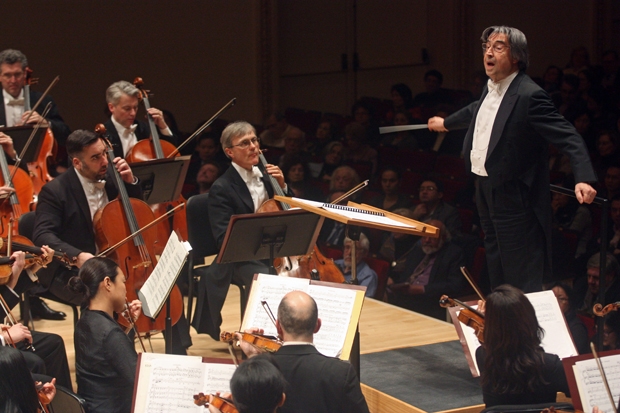You don’t have to be a follower of Liverpool Football Club, or football at all, to spot the difference. Two months ago the Reds were running about headless as a newly wrung chook; today they are putting the fear of perdition into the best teams in the land.
Or take Leicester City. Last season they were locked in an epic, desperate small-town struggle for Premiership survival. Today, they are top of the League.
What changed? Both teams have the same players as before, same strip, roughly the same formation. The only new face is the manager’s. Change the boss and — presto — the mood picks up, tempi get faster, goals are scored, confidence rises and everyone charges around with a smile on their chops.
Just how that transformation is effected is a mystery even to those who take credit for it. The closest comparison is what happens when a symphony orchestra gets a new music director. Boston, for example, nearly dead in its seats under Seiji Ozawa and James Levine, is suddenly cock of the walk with young Andris Nelsons. The LSO, so used to Valery Gergiev’s absences that players learned to conduct just in case, have a new spring in their fingers since Simon Rattle was elected. La Scala’s orchestra plays in an altogether different Liga with Riccardo Chailly in command.
The parallels are so pervasive that I am amazed no one has started selling maestros on Match Attax cards (if you don’t know what they are, ask any eight-year-old boy). What football clubs are learning at high cost, orchestras have known for a century. All you need is the right maestro. Some managers and music directors are, in fact, so similar they are practically singing off the same squad sheet.








Comments
Join the debate for just £1 a month
Be part of the conversation with other Spectator readers by getting your first three months for £3.
UNLOCK ACCESS Just £1 a monthAlready a subscriber? Log in